
- Panoramapunkt Berlin
- Friedrichstadt Palast
- Big Bus Berlin Hop-on Hop-off Tours
- City Sightseeing Berlin Hop-on Hop-off Tours
- Illuseum Berlin
- Reichstag Tours
- Berlin Welt Balloon
- Sachsenhausen Concentration Camp
- Studio of Wonders
- Madame Tussauds
- Samurai Museum Berlin
- LEGOLAND Discovery Centre Berlin
- Fotografiska Tickets
- Berlin TV Tower
Detailed History of the Berlin Wall | Construction, Architecture and More
What is the Berlin Wall?
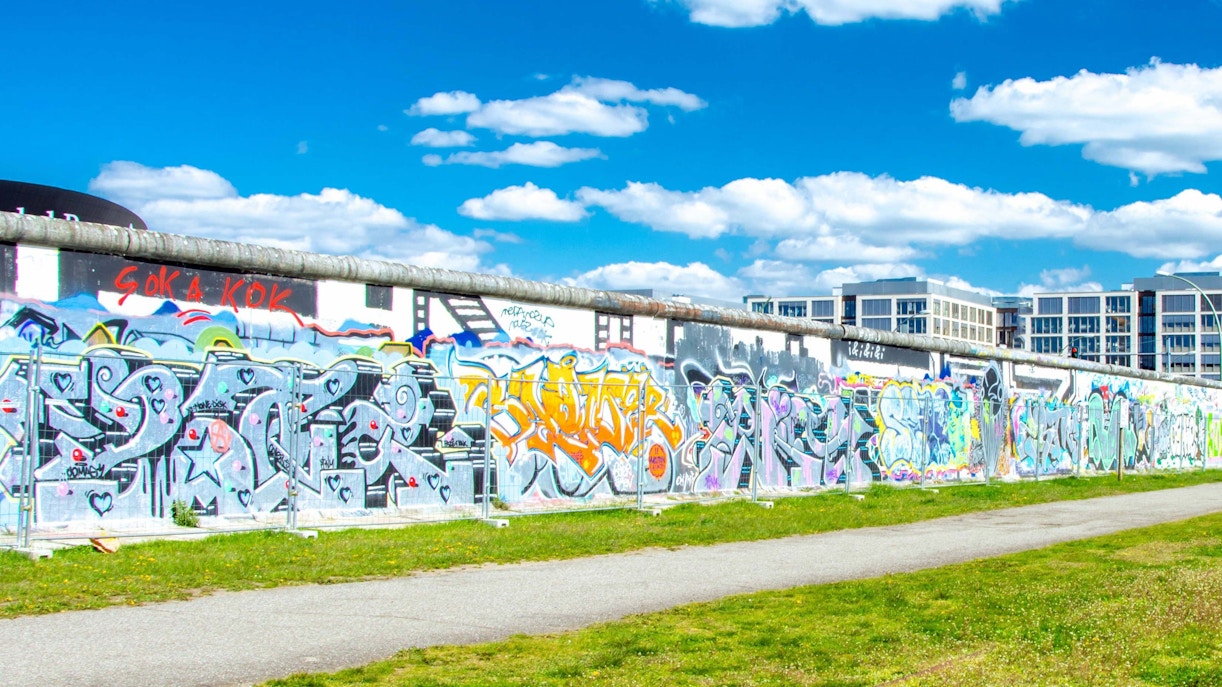
The Berlin Wall was a barrier that physically divided the city of Berlin from 1961 to 1989. Constructed by the German Democratic Republic (East Germany), it separated East Berlin, controlled by the Soviet Union and its allies, from West Berlin, which was occupied by the United States, Great Britain, and France. The wall was made of concrete and stretched approximately 27 miles, equipped with watchtowers, barbed wire, and armed guards. Its purpose was to prevent East Germans from fleeing to the West, as more than 2 million had done prior to its construction. The Berlin Wall became a potent symbol of the Cold War and the division between the communist and capitalist worlds. Its fall in 1989 marked a significant milestone in the reunification of Germany and the end of the Cold War era.
Berlin Wall History Explained
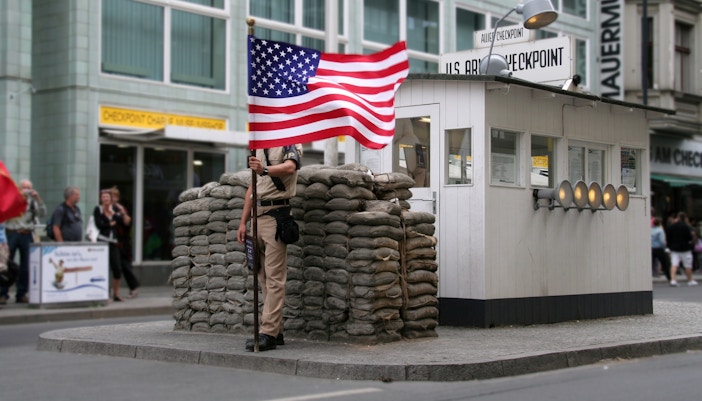
The Allied Split
In 1945, Germany was divided into four occupation zones controlled by the Allied powers after World War II. Berlin, the capital city, was also split into sectors, with the Soviet Union, United States, Great Britain, and France each controlling a portion.
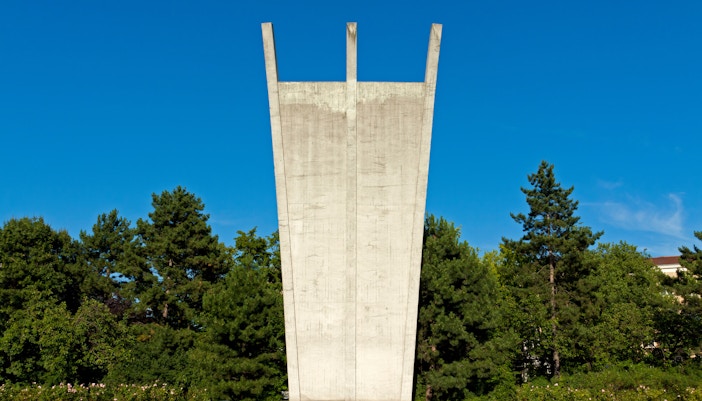
The West Blockade
From 1948 to 1949, the Soviet Union imposed a blockade on West Berlin, cutting off supply routes by land. In response, the Western Allies organized the Berlin Airlift, an unprecedented operation that delivered vital provisions to the city by air, ensuring its survival and thwarting Soviet intentions.
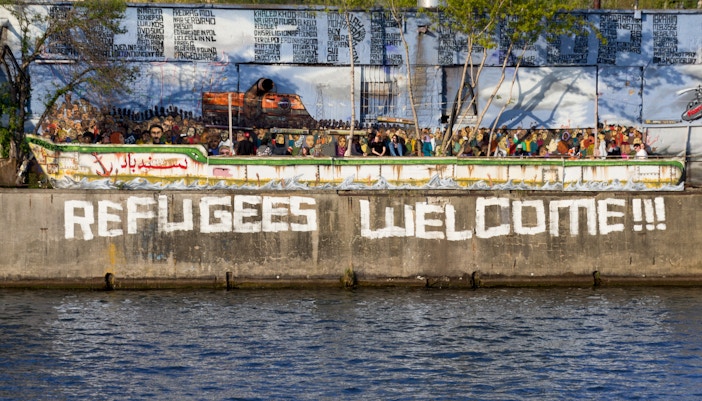
The Decision
Between 1958 and 1961, tensions escalated as the Soviet Union grew increasingly concerned about the mass exodus of East Germans to West Germany through Berlin. The steady flow of refugees prompted the Soviets to take action to stem the population drain and secure their control over East Germany.
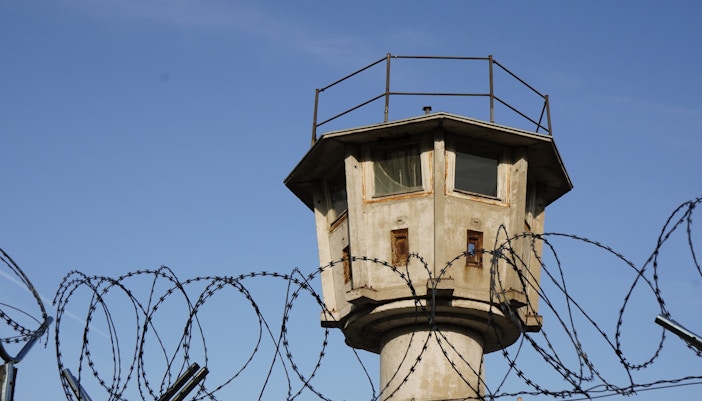
An Overnight Construction
On August 13, 1961, the Berlin Wall was erected practically overnight. The construction began with barbed wire and evolved into a complex system of concrete walls, watchtowers, trenches, and other fortifications. The sudden division of the city physically and emotionally separated families and communities.
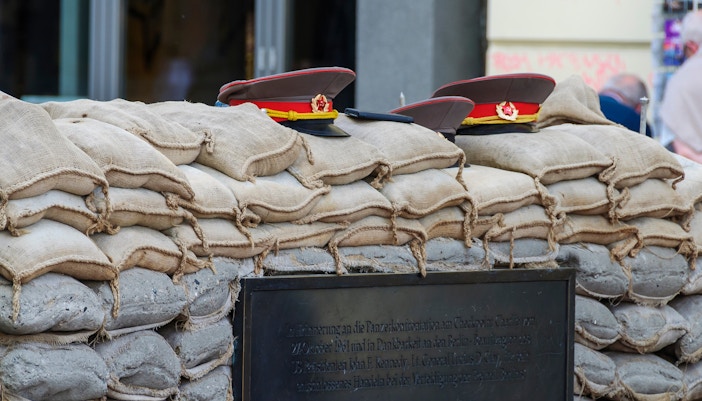
Point to Check
Initially, three checkpoints were established along the Berlin Wall to regulate movement between East and West Berlin. Over time, the number of checkpoints expanded to twelve, each tightly controlled by East German authorities, where individuals underwent rigorous checks and inspections.
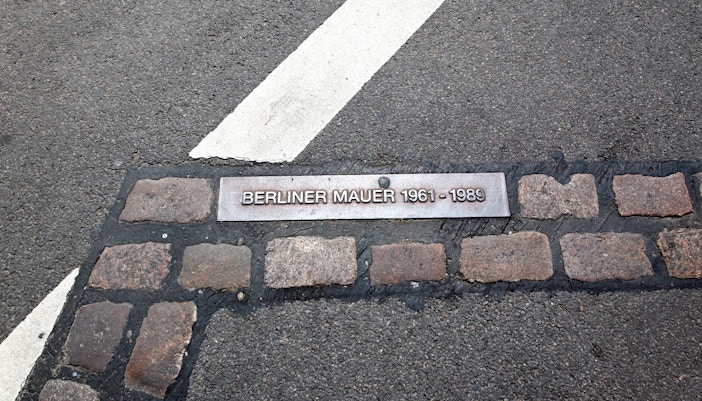
Escape Routes Seekers
Despite the formidable barriers, attempts to escape the repressive East German regime persisted from 1961 to 1989. Over 5,000 successful escapes occurred, ranging from daring tunnel excavations to elaborate disguises and risky border crossings, demonstrating the resilience and determination of those seeking freedom.
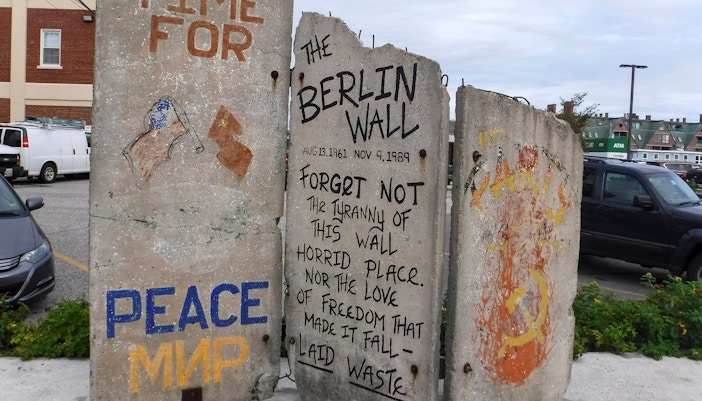
The Happy Move
On November 9, 1989, in a historic announcement, East Berlin's government declared that its citizens were free to cross the borders. This unexpected move triggered a surge of people towards the checkpoints, ultimately leading to the joyous dismantling of sections of the Berlin Wall by jubilant Berliners.
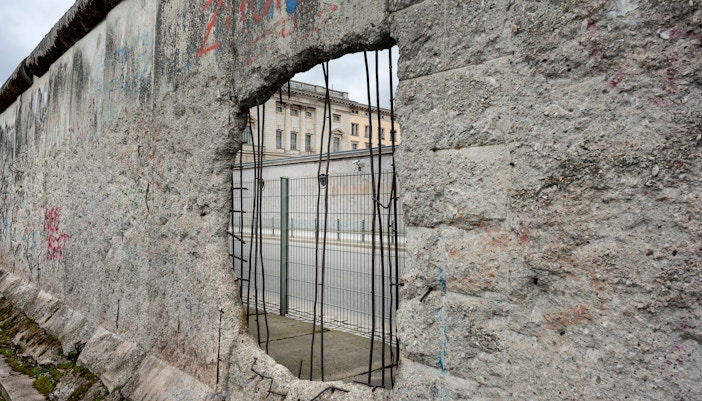
The End of an Era
From November 9 to 12, 1989, Berliners and visitors from all over the world joined in the celebration of the wall's fall. Crowds gathered, chipping away at the concrete barrier, symbolizing the triumph of unity, freedom, and the end of an era of division.
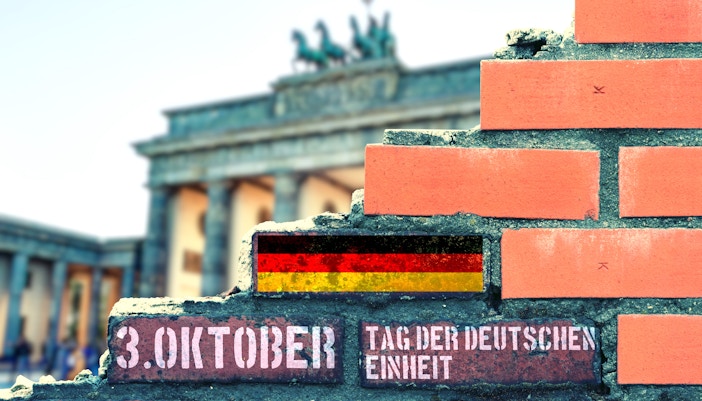
Berlin: The Reunion
Almost a year later, on October 3, 1990, East and West Germany officially reunited, marking the formal end of the division that the Berlin Wall had come to represent. The reunification brought profound changes to Germany and signified a significant milestone in European history.
Architecture of the Berlin Wall
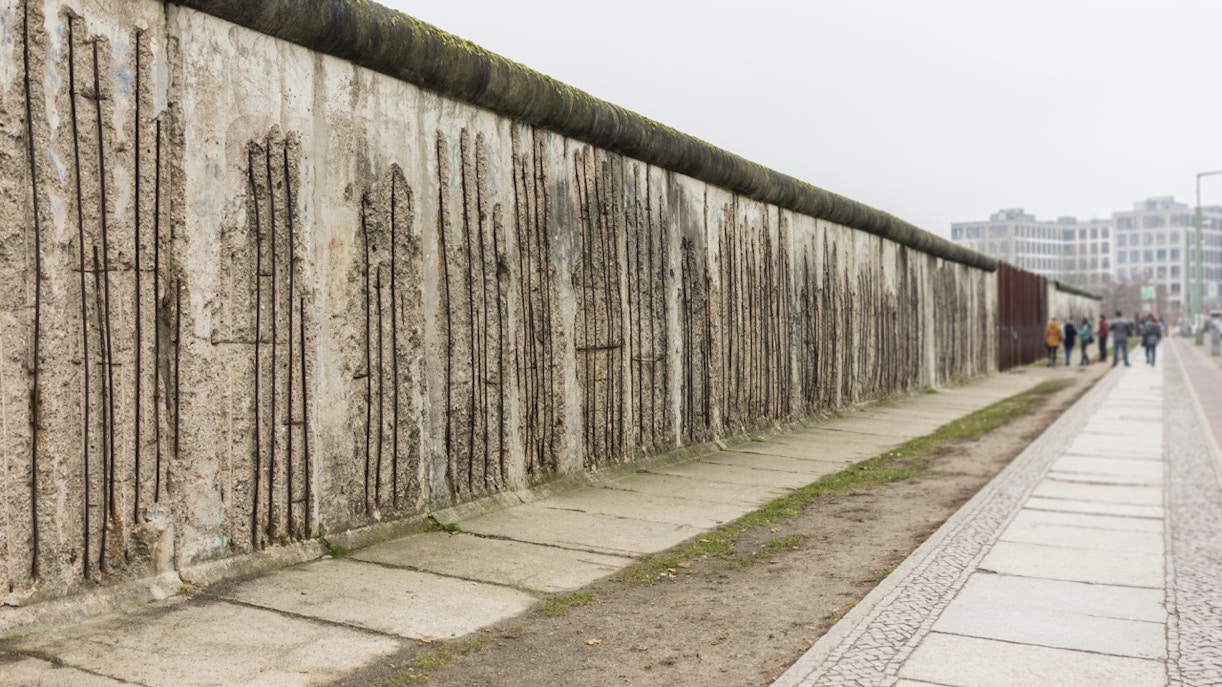
The architectural design of the Berlin Wall was purposefully created to be imposing and discouraging. Its concrete walls, initially standing at 3.6 meters (12 feet) high and later raised to over 3.9 meters (13 feet), presented a formidable obstacle to potential escapees. The walls were constructed with a smooth and sheer surface to prevent climbing. At the top, a rounded structure known as a "pipe obstacle" or "pipe ramp" served as an additional deterrent against anyone attempting to gain a foothold. Beyond the concrete structure, the wall was surrounded by a wide "death strip." This area included anti-vehicle trenches, barbed wire fences, floodlights, and strategically positioned watchtowers manned by armed guards. The combination of these architectural elements created a physical and psychological barrier that significantly hindered movement and escape across the Berlin Wall.
Book Your Berlin Wall Museum Tickets
All Your Questions About the Berlin Wall History Answered
The Berlin Wall was built in 1961, making it around 62 years old.
The Berlin Wall is famous for being a symbol of the Cold War and the division between East and West Germany.
The Berlin Wall was located in Berlin, Germany, dividing the city into East and West.
The Berlin Wall was built by the German Democratic Republic (East Germany) under the direction of the Soviet Union.
The Berlin Wall was primarily a series of concrete barriers and walls, with a smooth and rounded top to prevent people from escaping.
Visiting the Berlin Wall is free of charge, as it has become an open-air museum and historical site.
Yes, there are guided tours available that provide detailed explanations of the Berlin Wall's history and significance.
Some interesting facts about the Berlin Wall include its fall in 1989, the "death strip" along its perimeter, and daring escape attempts by East Germans.
The Berlin Wall symbolizes the division between the capitalist West and communist East during the Cold War and represents the struggle for freedom and reunification.
Yes, visiting the Berlin Wall is worth it for its historical and cultural importance, offering insight into a significant period of German and global history.